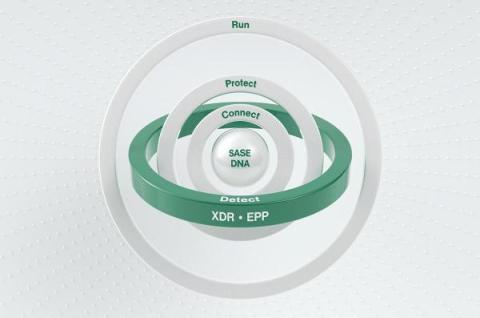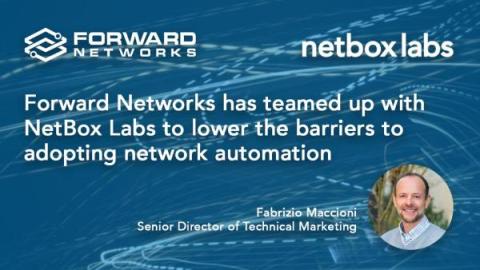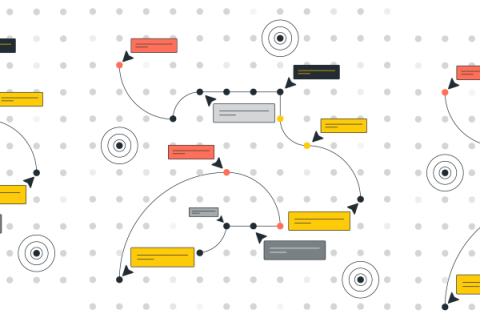Embracing a Channel-First Approach in a SASE-based XDR and EPP Era
Today, we have the privilege of speaking with Frank Rauch, Global Channel Chief of Cato Networks, as he shares his insights on our exciting announcement about Cato introducing the world’s first SASE-based, extended detection and response (XDR) and the first SASE-managed endpoint protection platform (EPP).








